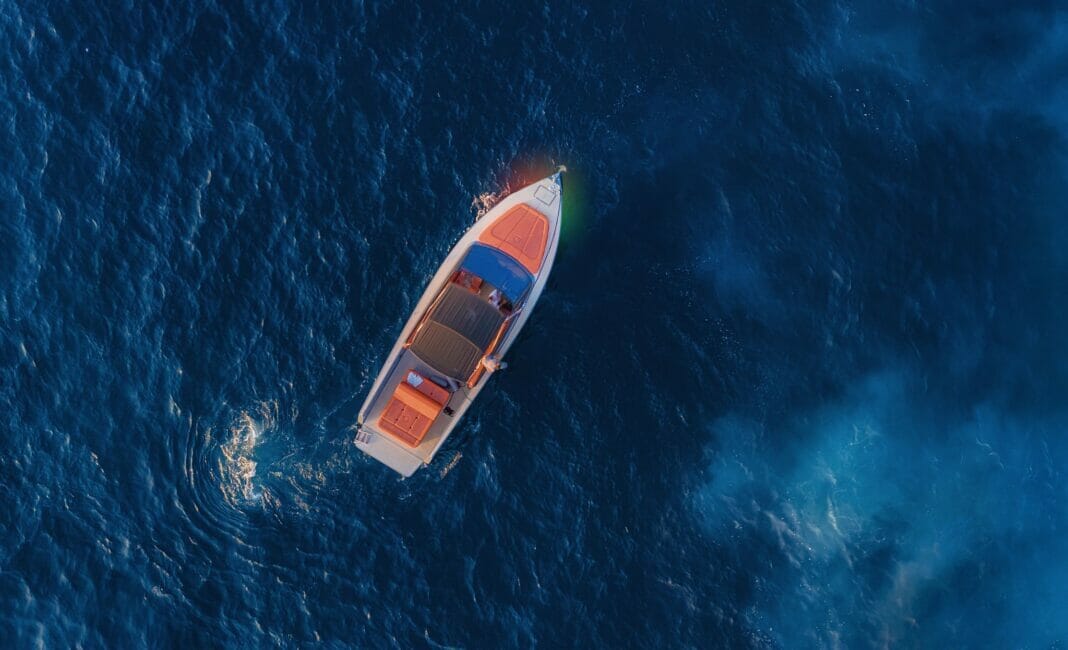The dark, endless sea spreads before you as your boat cuts through the waves. Without warning, a massive vessel appears out of nowhere, bearing down on you. But wait–your navigation lights are shining brightly, indicating your position and presence to the other boaters. As you breathe a sigh of relief, you realize that understanding the importance of boat navigation lights is critical for safe and enjoyable boating experiences.
This guide is all about the maritime navigational lights, which are indispensable in:
- Making sure all vessels are visible in low light conditions and periods of limited visibility.
- Preventing collisions by indicating one’s position and presence to other vessels.
- Exhibiting the appropriate signals when engaged in specific activities such as towing or fishing.
International Regulations
The International Regulations for Preventing Collisions at Sea (COLREGS) are an important set of guidelines set by the International Maritime Organization (IMO) in 1972. Most countries have adopted these rules for their navigation lights, so boaters should become familiar with them. COLREG documents describe which types and colors of lights need to be used on a boat, as well as where they must be placed.
Navigational Light Basics
Understanding how to light your vessel is critical for ensuring regulations and safety compliance. Onboard lights provide an illuminating beacon, letting those around you know where you are and what you are doing. Boats must use sidelights, sternlights, and masthead lights to clearly designate their location. If engaging in activities like fishing or towing, special lighting may be necessary to give other vessels a heads-up about your situation.
Sidelights
Sidelights are red and green lamps placed on each side of a boat. The red light is displayed on the port (left), while the green one is shown on the starboard (right). This color combination is widely accepted across the world and makes it easy for other boaters to see your direction. Sidelights must be seen from a minimum distance of one mile away in dark, clear conditions.
Sternlight
A brilliant beam of light, stark and white, illuminates the backside of a boat, known as a sternlight. It should always shine bright enough to be visible up to two miles away in clear weather at night. If you’re boating and come up behind another vessel that has its sternlight on, it’s simple to identify which direction it’s headed in. This easy identification is crucial for remaining safe out on the water.
Masthead Light
A masthead light is a white beacon on the bow of ships, boats, and other water vessels that shows which way they are facing. Its purpose is to ensure they are visible from a distance of at least three miles away in dark, clear conditions. Most powerboats are required to have a masthead light, but regulations may differ depending on the size and type of vessel.
Special Boat Navigation Lights
Navigating the open waters can be a tricky business, and that’s why vessels must follow certain regulations to carefully signal their intentions. Here are additional lights for specific vessels:
- Towing Vessels – Boats either pulling or being pulled must show yellow lights in accordance with standard protocol, to ensure other navigators distinguish them from other boats’ lights.
- Fishing Boats – Red and white lamps should be displayed by water vessels partaking in fishing activities, to help prevent accidents between this type of vessel and others.
- Sailboats – A combination of red and green sidelights should be used along with a white aft light on sailing vessels.
Navigation Lights Maintenance and Inspection
It’s essential to stay on top of maintenance and inspection for your boat navigation lights. Follow this guideline:
- Ensure lights are sparkling clean, undamaged, and functioning well by regularly inspecting them.
- Test your navigational lights before heading out on a voyage–especially if you plan to be cruising during periods of low visibility.
- To keep yourself prepared in case of any breakdowns or damages, always bring spare bulbs along with you.
- Upgrade to energy-efficient LED navigation lights for extended lifespans and efficient power consumption.
Familiarize yourself with the navigation lights guide on your specific vessel and maintain it meticulously–and you’ll be sure to experience safe boating with excellent visibility!


